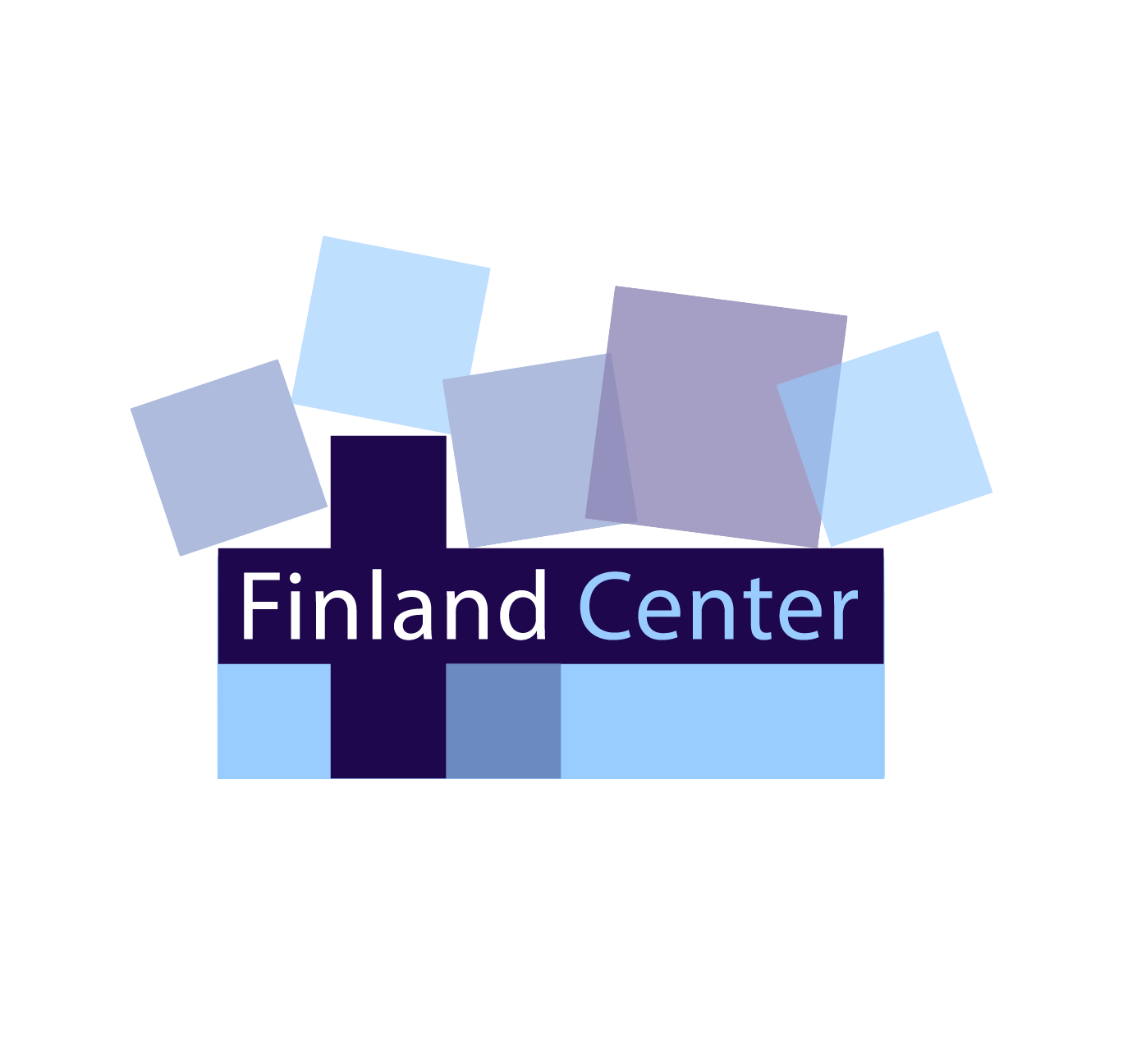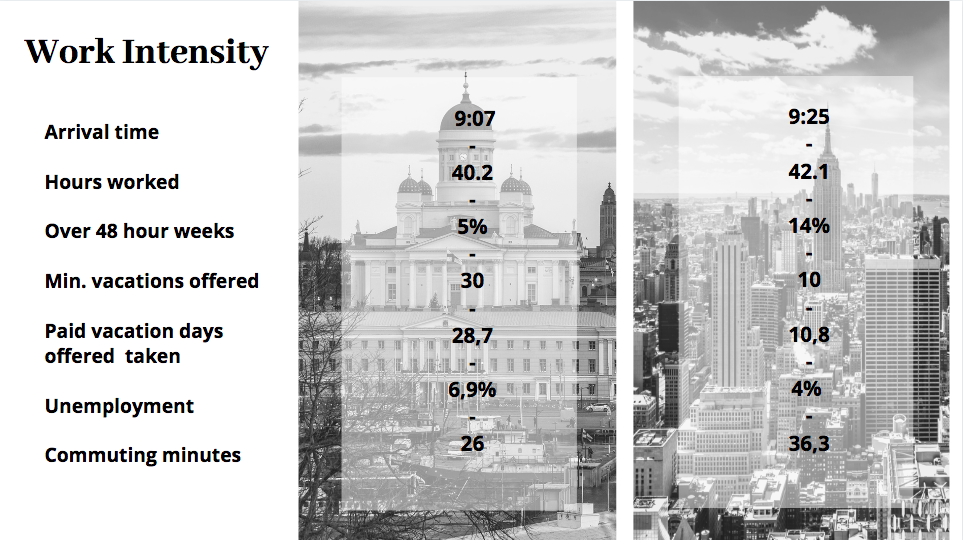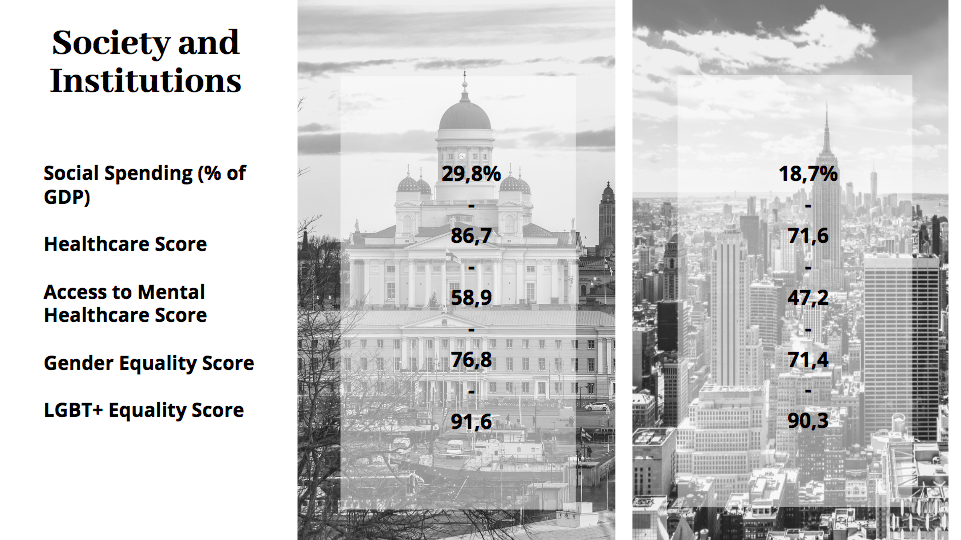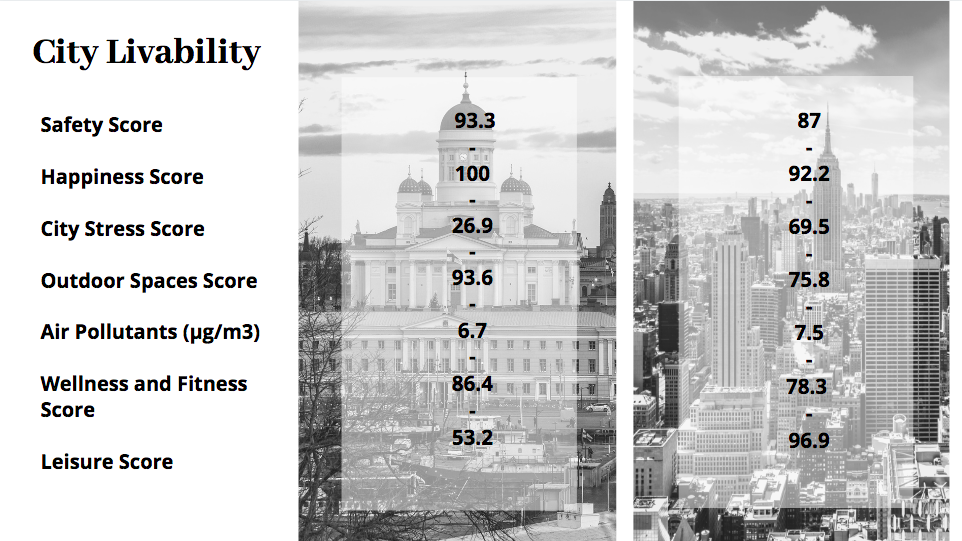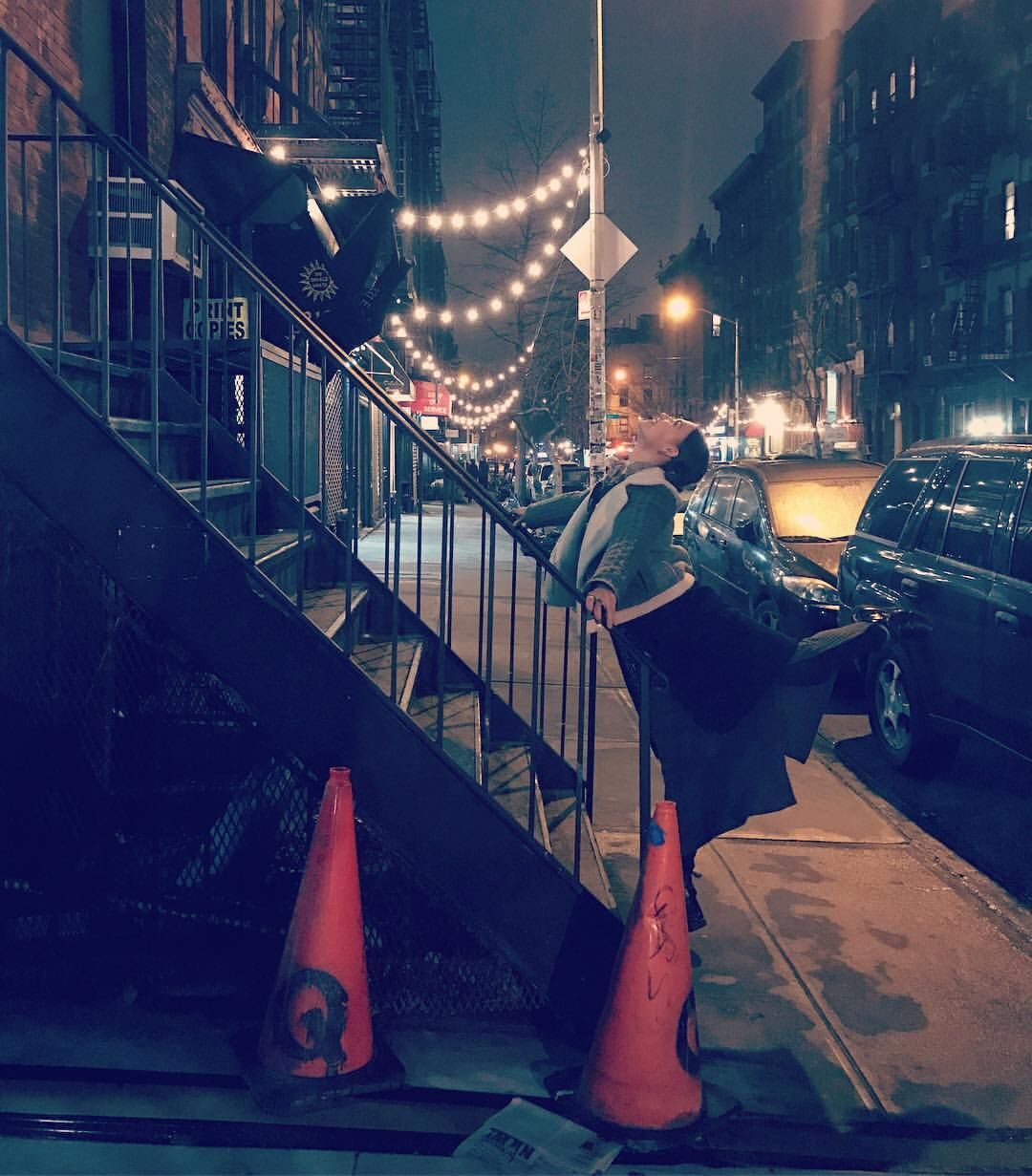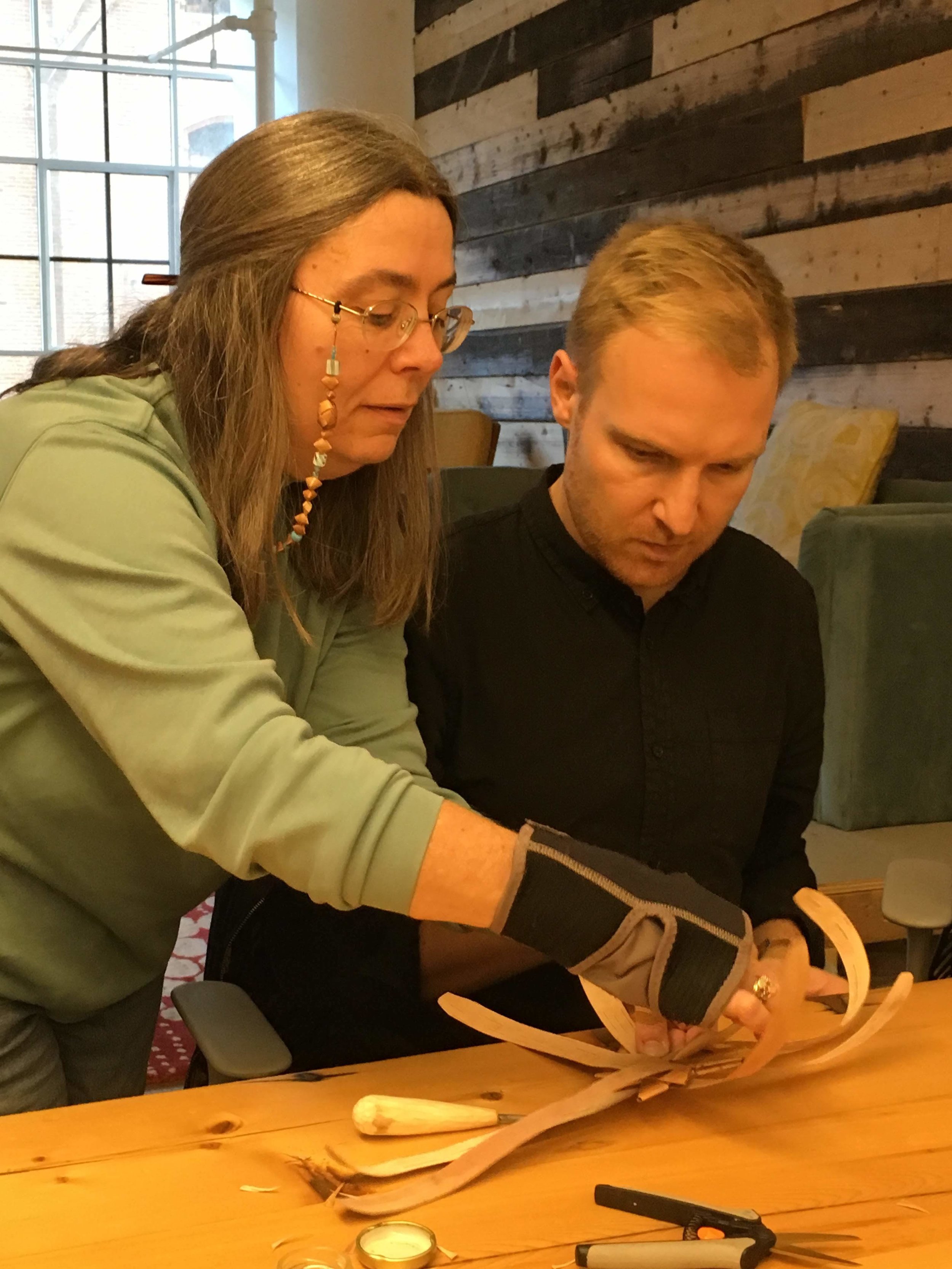By Thomas Riggs
My last trip to Finland was in autumn 2019 for a 9 day vacation. The area I would be exploring would be Helsinki and its suburbs - not totally new to me as I have been several times to Finland going back to 1986.
I anticipated this trip to be a real “eye opener”, as I had been away for over 18 years and expected some significant changes . Happy to say nothing gave me the impression that Finland was changing for the worse; instead I was pleasantly surprised.
Upon arrival in the morning at Vantaa airport I immediately noted how much bigger it had become. I did recognize from my long walk from the airplane to the baggage area the very nice wooden floors I had remembered in the past. Also I noted the more international atmosphere during my long walk. There were more foreign vendors as well as a larger mix of tourists from around the world , notably Japanese and Koreans.
I met my friends and we were shortly off to Helsinki on the train heading to the main railway station. Taking in every sight of the new airport and train was really rather exciting as I had been away for so long. The train ride was very smooth, and by the way, the overall reduction in noise and loud discussions was immediately appreciated. If you’ve been to Finland before you understand what I’m talking about. A complete 180 degree turn from, say, New York City.
One of my friends on this trip I have known for many years. We met at a well know New York City beer bar and we’ve kept in touch as we both follow the craft beer scene in Europe and America. He’s a computer programmer. The other friend is also a beer enthusiast and micro brewer, previously a communications engineer and - guess what- we have been in communication for years about the beer scene in Finland , Europe and the US. Well, don’t get the impression that my trip was a “ boozing vacation” as it was not and we has interesting and very varied daily discussions about a multitude of topics: Finnish society, Finnish history, Finnish art, technology - around some beer , Ha Ha!
I stayed with my friend Ilkka and his family in downtown Helsinki not far from the Cathedral. I had never stayed in this part of downtown and everything was just a few minutes’ walk away. Previous trips had me staying outside of Helsinki ( Porvoo, Kerava) as well as almost always being in the countryside. This was my first time to really get to know the capital a little more closely.
Things that struck me: for one, the honor system in Finland with respect to using public transportation. My friend gave me a pass for city travel on trams and the Metro and they said “just keep it with you and NEVER lose it”. I noted there were never any transit employees asking for your ticket. It is assumed that you DID purchase your ticket. I believe that if you do NOT have it you if asked then you pay a high penalty. Thus, an example of the trust in Finnish society.
Would this work in New York City? The Finnish way is in such a stark contrast to my daily commute to New York from Westchester. Every morning, I am asked by the same conductor for me to show my ticket. I think New Yorkers may have to pick up their honesty and trust levels to equal the Finns.
My hosts, like myself prefer to cook most meals at home and we did not eat out except for one occasion. If you want to look for a real bargain in Helsinki I suggest a visit to Ravintola Ani, on Telakkakatu 2. I believe it is run by (correct me if I am wrong) Turkish immigrants and they have their version of a voileipäpöytä (smorgasbord) - which has some Turkish elements added. Only 10 Euros for an all you can eat buffet at lunch time. Can’t beat it. In the mornings I would go to the local small market store and buy food items for my hosts. This was a good exercise for me as I wanted to force myself to speak a bit and the cashier got to know me after a few days and we extended our conversation as my ability allowed.
Wherever I travel there are some things I have to visit. One is food shops and the other is libraries. These two places give me a sense of the countries’ culture, no?
What surprised me was the variety of Finnish breads offered. Through the years I have always looked for the rye bread, jälkiuunileipä in its large and small sizes but there are versions of this bread also. I came across a sweeter, less chewy version and immediately thought the Finns were abandoning their world class rye bread! Only to find out this is a newer version of the traditional style. Whew! Also, I noted a bigger variety of cheeses and yogurts offered in Finnish food stores as compared to America. Some members of the Finland Center know of my fondness for Finnish viili, which is not exported to the US (I have personally looked into this and it is a no go - the product is deemed “too delicate for transport”) and I was devouring it every morning with breakfast. Villi is something one must try when in Finland. It’s a rather stringy yogurt -like dairy product which may be plain or flavored with fruit. I’m addicted to it. If you want to make it here in America you can go online and buy a viili starter and add milk to get the final product. It’s really simple.
I also had to get my hands on some kalakukko. I think my friends referred to this as Finnish “slow food”. It’s a pie made of small fish, in this case one called muikku, rather like small sardines, wrapped in a rye dough. Again, something I looked forward to and eating it again took me back years when I first had it in central Finland in the Saimaa region when camping with a group.
Aha, I found myself eating Finnish liquorice daily. That too is a must for me, especially the extra salty stuff, salmiakki. A must for any tourist.
I mentioned my interest in visiting libraries when in foreign lands - Finland did not let me down! I was blown away by the beauty of the new Helsinki library, called Oodi. An architectural beauty in my view. It is located downtown just near a few other must-see sights such as the Musiikkitalo, the Finlandia Hall and the Finnish Parliament House. Visiting Oodi will leave you with such a great impression of what a modern, beautiful library can be. Of note was how books were checked out. There were no tellers to receive your book, scan it and give it back to you…you scan it yourself and walk out with it. Another example of the Finnish honor system. How many people would be stealing books from the New York library system ( I’m being so hard on New Yorkers aren’t I?). As in Oodi, as in the airport, as in the shops, on the trains, etc,. it was quite QUIET! Loved it!
OK, let’s get to another very important aspect of the trip, as it should be with anyone’s trip to Finland…..sauna.
Having grown up with Finnish Americans in Gloucester, Massachusetts from a very young age, sauna is nothing new, and very natural for me. My neighbor, Armas Tuomivirta, who was one of many Finns whose families immigrated to Gloucester and Rockport, MA introduced me to sauna at about age 10. On this last visit I was treated to a very special one. My friend is a member of Suomen Saunaseura (the Finnish Sauna Society) and I was taken to visit their sauna which is located in Lauttasaari, a short walk from the Metro station ( by the way, an absolutely beautiful, modern station which is like all the new extensions of the system). It was an absolutely fantastic experience as I tried all of their saunas, each a bit different in heat intensity but also the traditional “ savusauna” or smoke sauna. The smoke sauna leaves black markings on your skin if you touch the wood anywhere but the smell is really lovely. We enjoyed about 5 rounds of sauna followed by dips into the water (’twas a bit cool that day, about 45 F) and finally a meal prepared there. I had good conversations with others as they were interested in my interest in sauna and Finnish society. An experience I will never forget. Just to let you know that unfortunately, I believe the society’s sauna is not open to the public and you must be accommodated by a member.
Now, If you cannot get into Suomen Saunaseura, you can opt for a very good public one in downtown Helsinki, just near the city’s street markets and the presidential residence. We also took sauna at Allas Sea Pool. A new public sauna with swimming pools just outside of the steam rooms. They offer one heated pool and another filled with sea water for the hardy ones. It is open all year and it was a lot of fun. The number of public saunas in Helsinki are dwindling through the years I hear but this is another must do thing when visiting. Check out their webpage, allasseapool.fi.
Too bad there are not enough proper Finnish saunas in America…sadly , often the sauna outside of Finland is not what one would consider a proper one.
This trip also allowed me to renew my pilgrimages to two great Finnish art institutions. Firstly, The AteneumArt Museum, just across from the Helsinki main railway station. Again, I saw the great works of art from the Finnish masters and this is another must visit for anyone visiting the capital and has an interest in art. Secondly, my friend and myself made the trip to the museum of the great Finnish artist , Akseli Gallen-Kallela. The museum is located in Tarvaspää, Espoo and again we took the Metro, exited and walked through the local neighborhood and forest to get there. A beautiful walk I must say. You cannot say you know anything about Finnish art if you have not visited this museum and become familiar with Gallen-Kallela’s work! Simple as that in my opinion. I am very fond of his works. There is also a very good cafe right next to the museum and it is suggested you have a bite there. It was reassuring that no significant changes took place at the museum or surrounding area while I’ve been gone for so long.
Now, as mentioned earlier in my entry, I am a fan of following craft beer production in America and Europe for decades. I have done home brewing and my two friends have the same interests. We did visit several micro breweries and beer pubs which were all good. The craft beer movement is alive and well over there and one can find a much larger variety of beers produced today than, say in the 1980’s.
I suggest a visit to the Stadin Panimo, stadinpanimo.fi which offers a wide selection of locally brewed beers. Also in downtown just a stone’s throw from The Helsinki Cathedral, Bryggeri Helsinki, which has a brewery built into the premises and offers meals, www.bryggeri.fi If you do drop in see if they have any sahti, a traditional Finnish brew. Rather sweet but unique.
Another brewery worth checking out is Olarin Panimo which is at the Aalto University and the place has a very youthful atmosphere. I had some very interesting conversations there with the head brewer…great people. Olarinpanimo.fi
Finally, some good pubs to visit for variety are Olutravintola Pikkulintu, off the beaten path in the outer edge of Helsinki but worth the trip. Very friendly people who took an interest in my fondness of Finland and the Finnish beer scene. The pub has a great selection and this is a place to meet the locals. Pikkulintu.fi. Another pub which has a very good selection of cask beer was Gallows Bird in Tapiola. Gallowsbird.fi I had to get these suggestions out for those of you who seek good beer. I don’t think you’ll be disappointed by what you can get.
Oh, a rather refreshing thing about bars/pubs in Finland is that you don’t have to tip…it’s included….makes things a bit easier. Hmmmm, again, would this go over in America?
So this has been a rather lengthy blog entry and I hope I was able to make some pointers as to what to look for. I was happy to see no loss in the very good character of the Finnish people and their honesty. I marveled at the new architecture erected in Helsinki. The efficiency of getting around was excellent and one does not need an auto to live in the capital. I could go on and on but I’ll have to stop here.
Upon getting off the plane in Kennedy Airport in New York, the contrasts between the cities were immediately noted.
Now if you haven’t gotten to Finland make plans in 2021!
(For those of you who have not gone to Helsinki, I suggest you visit the Youtube produced by Finnwalker, to get a very good idea of what to expect, before you get there.)
